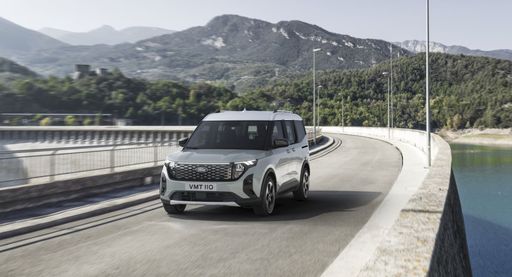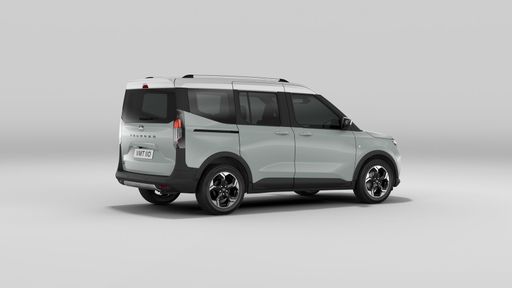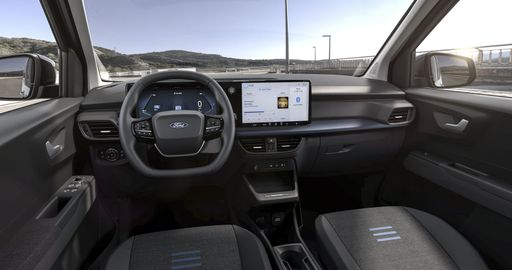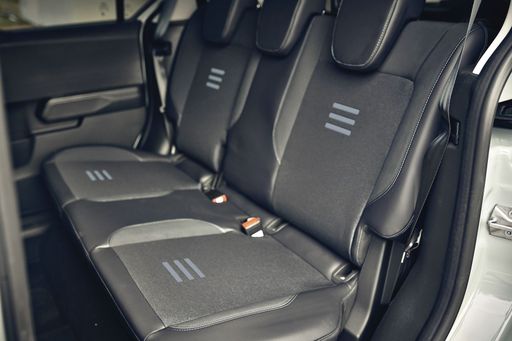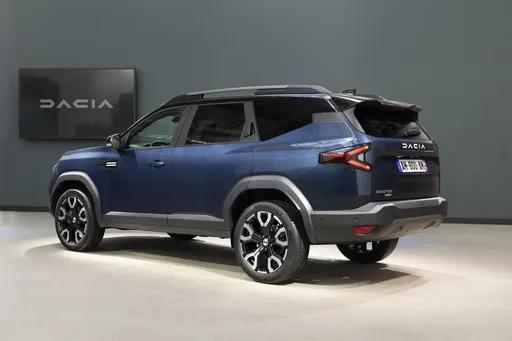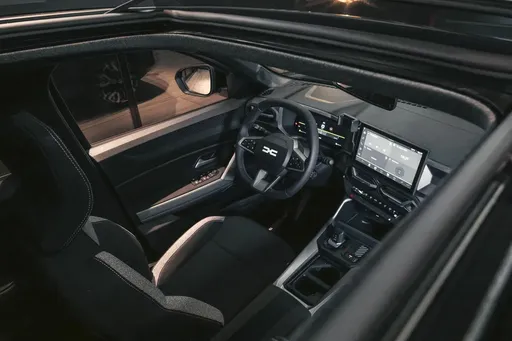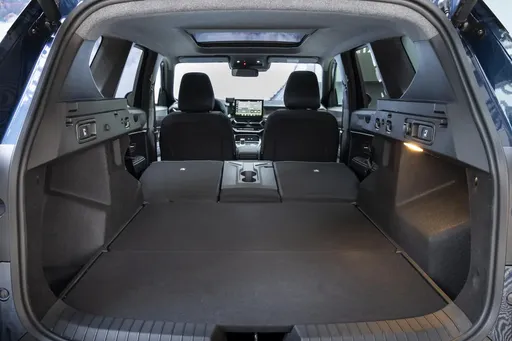Battle of the Practical: Ford Tourneo Courier vs. Dacia Bigster
In the realm of versatile vehicles, the Ford Tourneo Courier and Dacia Bigster emerge as prominent contenders. Both boast unique features and span different segments, but they share a common goal of providing practicality and efficiency. This article delves into the specifications, innovations, and overall performance of these two models.


